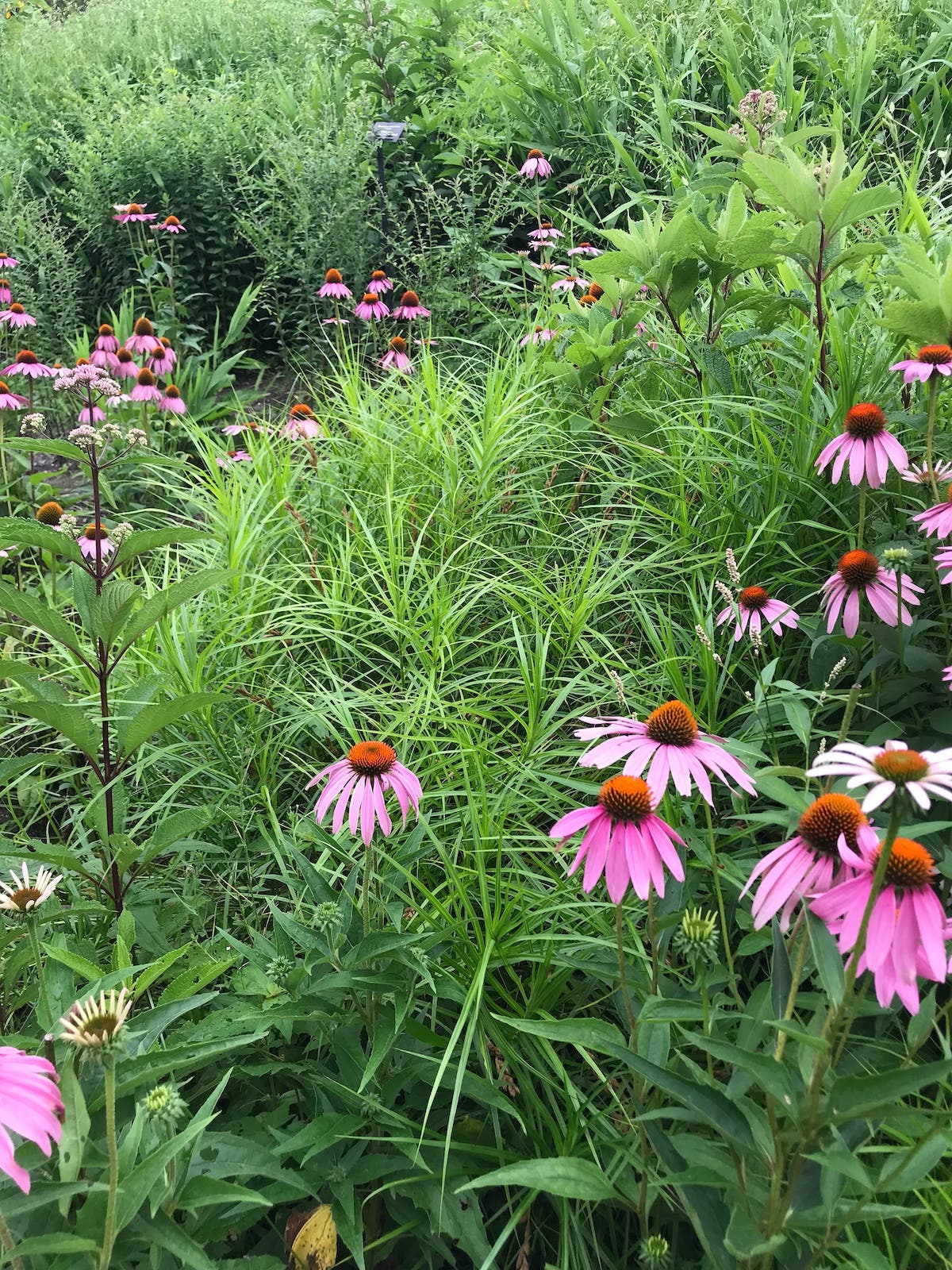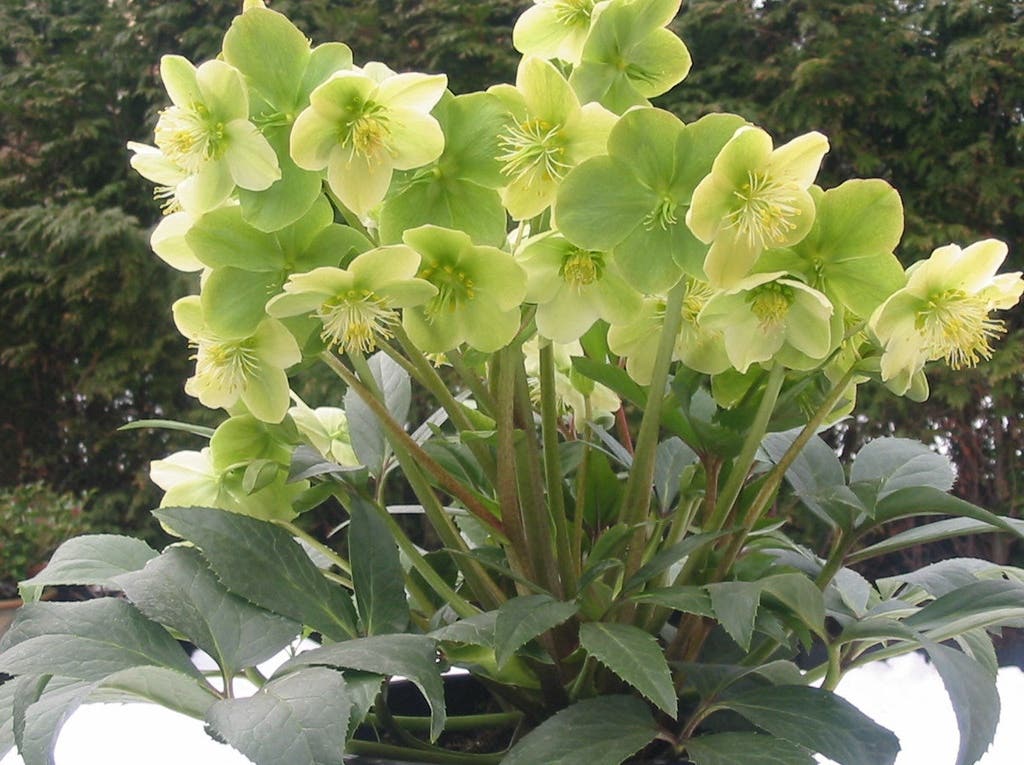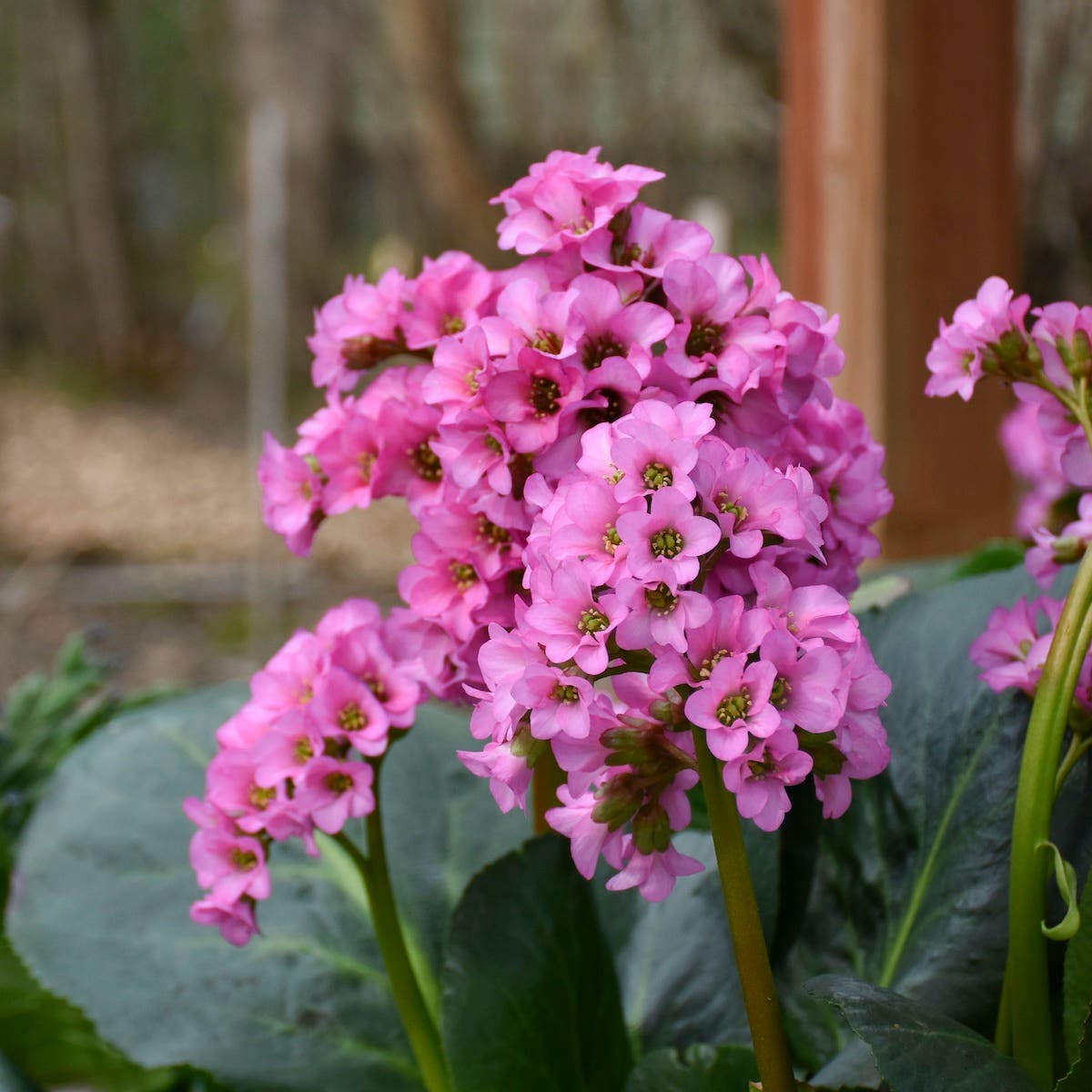See-Through Plants
In mid-winter, I value strong but supple structural plants. Their movements in the winter wind play with the slanting light, in a view that gets me through the year’s shortest days…
In mid-winter, I value strong but supple structural plants. Their movements in the winter wind play with the slanting light, in a view that gets me through the year’s shortest days.
Bald cypress (Taxodium distichum; USDA Zones 5–11) has a lightness that other trees lack in winter. Their delicate needles discarded, its branches dance in the winter winds. Native to moist to wet soil, bald cypress also thrives in average conditions. Think of planting it as a lacey wind break, hedge, or dramatic grove.
Dramatic, decorative, and full of the promise of next year’s harvest, a Belgian fence is a year-round delight—and space efficient, too. Made by pruning and training fruit trees (typically apples or pears) into a diamond pattern of fused branches, this open-work trellis is a star from any angle.
One of the first grasses to flower in summer is also one of the best for an airy accent in the winter garden. Calamagrostis xacutiflora ‘Karl Foerster’ (Zones 5–9) commemorates the great German plantsman. Its strong form doesn’t collapse with the onset of winter winds. It shines in otherwise dormant beds and borders.
In late summer it graced the back of the border or added a dash of deep purple daisies to a meadow. Now the seed heads of ironweed (Vernonia noveboracensis; Zones 4–8) act as a larder on stilts for goldfinches, which dart among its strong eight-feet-tall stems on chilly winter mornings. Plant bold masses of ironweed if this winter activity is important to you.






